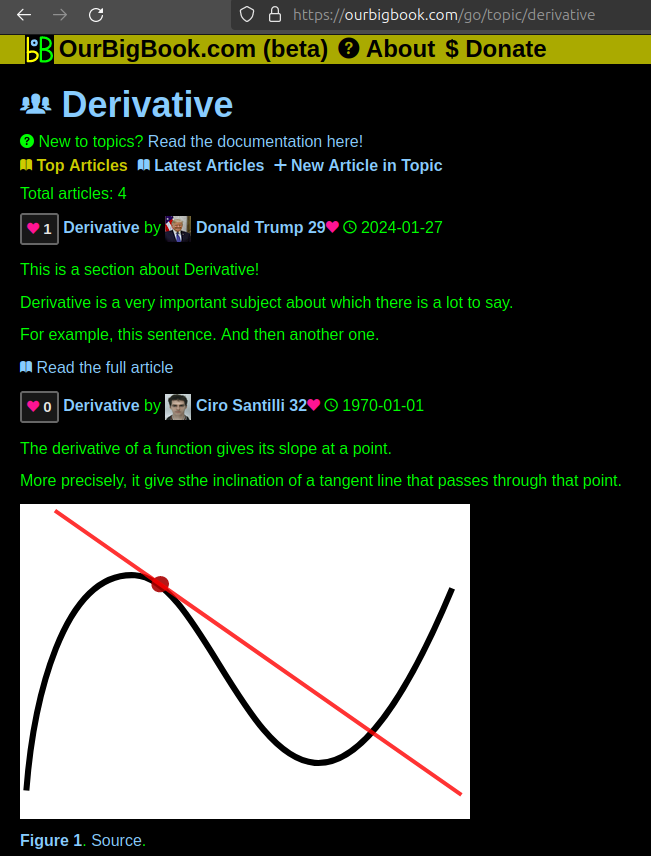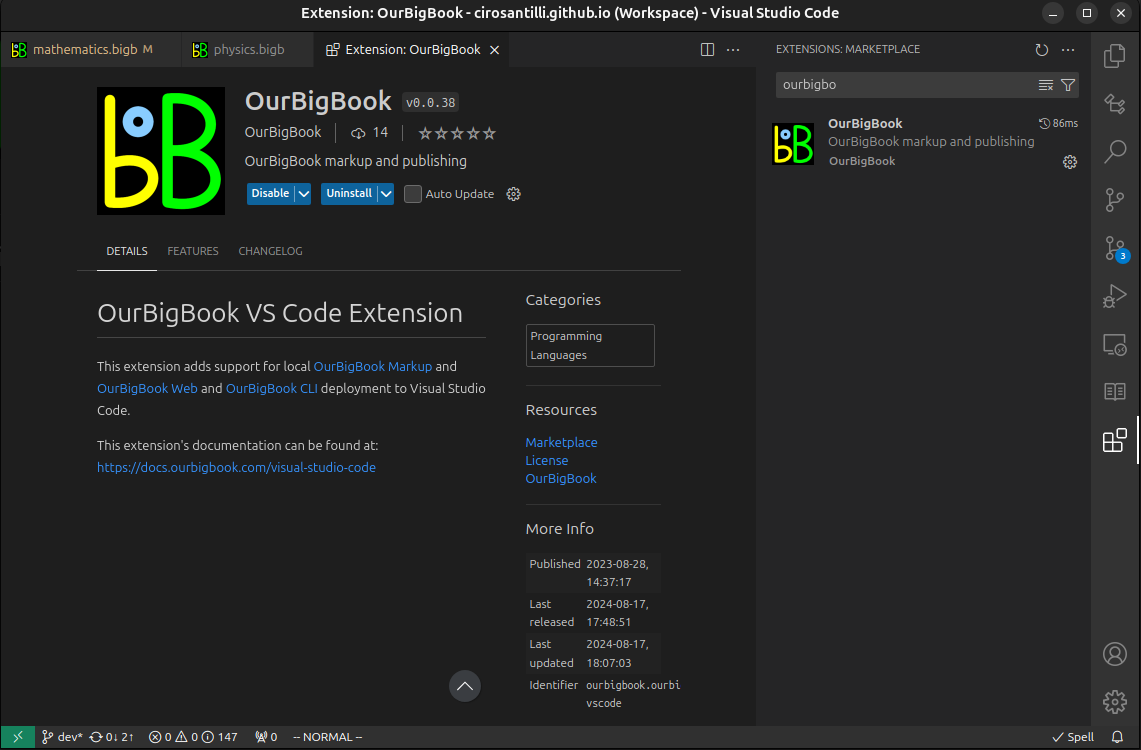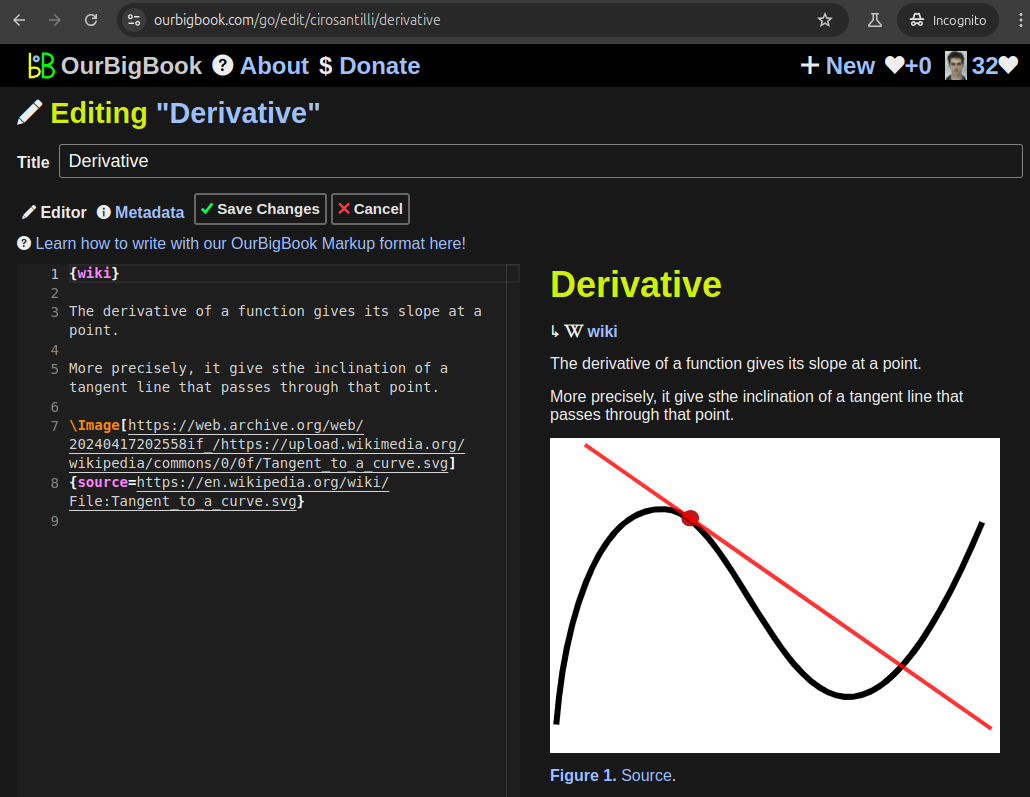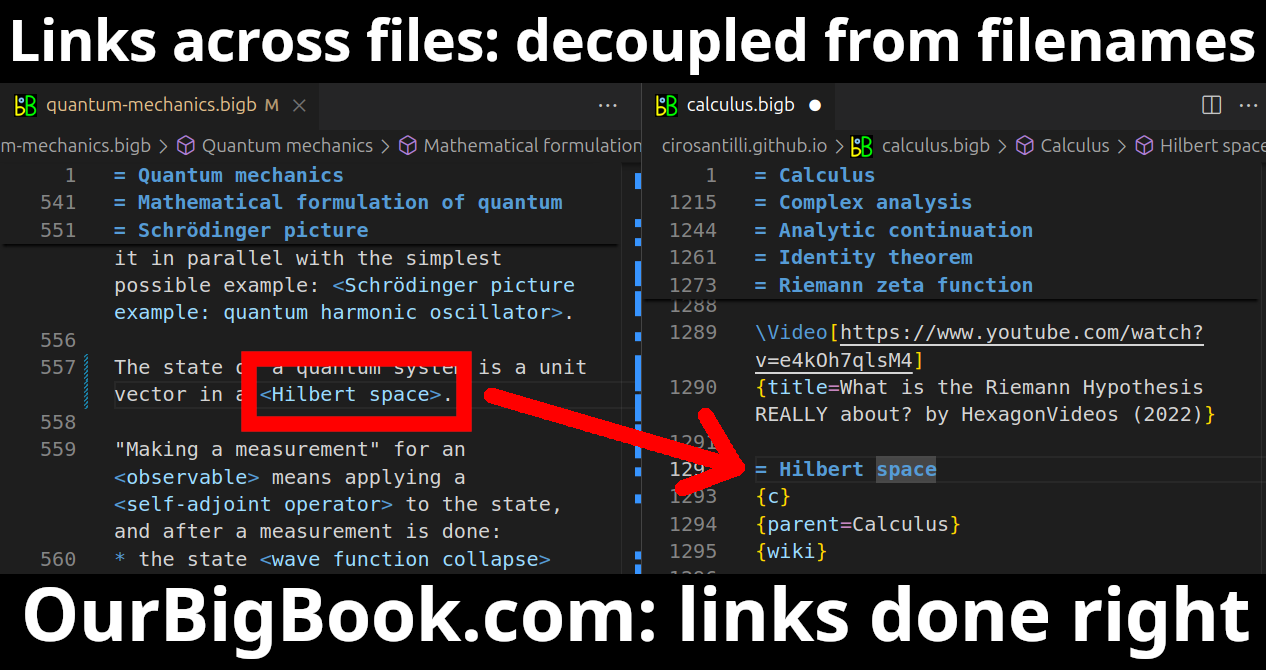www.principialabs.org
We combine large-scale pretraining with reinforcement learning to create models that can rederive and learn from the entire corpus of human mathematics. Our goal is automated mathematical discovery: AI that does the creative, generative work that was previously only possible for the world's best researchers—and can be deployed on the hardest problems in science and engineering.
www.math.inc/careers
Suppose that today is June 1, 2025. We call a date "square" if all of its components (day, month, and year) are perfect squares. I was born in the last millennium, and my next birthday (relative to that date) will be the last square date in my life. If you sum the square roots of the components of that upcoming square birthday (day, month, year), you obtain my age on June 1, 2025. My mother would have been born on a square date if the month were a square number; in reality it is not a square date, but both the month and day are perfect cubes. When was I born, and when was my mother born?
One shot by GPT-5.1, possibly contaminated obviously:
Not to be confused with tutoring company "Axiom Maths" which shows on top of Google results: axiommaths.com/ lol fuck.
French sex vlogger, basically a super normal travel vlog with sex scenes with her boyfriend added in, see e.g. the series "Luna's Journey".
Perhaps the travel porn vlog is the simplest way to do it. A sex vlog is much like a cooking vlog in some way, except it is hard to get new ingredients, so changing the scenery is the easiest way to get some diversity.
Some day some nymphomaniac should actually make a sex vlog fucking a different man each time, that would be amazing, even from a scientific point of view, so we can see how different men fuck, a bit like an open version of en.wikipedia.org/wiki/Masters_of_Sex.
It is particularly fun to see how she is present in both SFW-only and anything goes social. She basically just has to cut off the fucking naked scenes as needed:
Another interesting aspect of her videos is that, although her boyfriend is visible, he serves simply as a background dick and is presented as being mostly devoid of any personality or uniqueness: he could easily be replaced by another stud.
Welcome to my home page!
Welcome to my home page!
Dr. Alexander Tetelbaum
Alexander Yakov Tetelbaum (born August 16, 1948, in Kyiv, Ukraine) is an educator, computer scientist, inventor, academician, entrepreneur, and novelist. He is widely recognized as a pioneer in Electronic Design Automation (EDA) and Artificial Intelligence (AI), fields in which he has been active since the 1960s Wikipedia (wikitia.com).
Alexander Yakov Tetelbaum (born August 16, 1948, in Kyiv, Ukraine) is an educator, computer scientist, inventor, academician, entrepreneur, and novelist. He is widely recognized as a pioneer in Electronic Design Automation (EDA) and Artificial Intelligence (AI), fields in which he has been active since the 1960s Wikipedia (wikitia.com).
________________________________________
Early Life and Education
Tetelbaum was born in Kyiv, then part of the Ukrainian SSR. He studied at the National Technical University of Ukraine (Kyiv Polytechnic Institute), where he earned advanced degrees in computer science and engineering. His early research focused on design automation and computational methods, laying the foundation for his later work in EDA and AI (wikitia.com, Biographies.net).
________________________________________
Academic Career
• Professor of Design Automation at the National Technical University of Ukraine.
• Visiting Professor at Michigan State University, where he continued his research and teaching in computer science.
• Founder and President of International Solomon University (ISU) in 1991, the first Jewish university in Ukraine, Russia, and Europe (Biographies.net).
Tetelbaum’s academic work combined rigorous technical research with a strong commitment to education and institution-building.
________________________________________
Industry Contributions
Tetelbaum transitioned into industry roles where he applied his expertise in EDA and AI:
• Worked with Silicon Graphics and LSI Corporation, contributing to advancements in microchip design and automation.
• Founded Abelite Design Automation, Inc., serving as President and CEO (CrunchBase).
• Holds over 40 U.S. patents and has authored or co-authored more than 300 publications, including 20 books (Wikipedia, Biographies.net).
His innovations have influenced both academic research and industrial applications in electronic system design.
________________________________________
Recognition and Honors
• Fellow and Honorary Doctor of several universities, academies, and societies.
• Recognized internationally for pioneering contributions to EDA and AI.
• His work has been cited in both scientific literature and industry publications.
________________________________________
Writing and Novels
Beyond technical research, Tetelbaum has written extensively:
• Technical books such as Electronic Design Automation and Minimum Number of Timing Signoff Corners.
• Novels and thrillers including Omerta Operations and Executive Director, blending his analytical mind with storytelling Wikipedia.
________________________________________
Legacy
Dr. Alexander Tetelbaum’s career bridges science, education, entrepreneurship, and literature. He is remembered not only for his groundbreaking contributions to computer science and design automation but also for his role in shaping educational institutions and mentoring future generations of engineers and scientists.
________________________________________
The article was written by Copilot, Microsoft.
Sources: Wikipedia, wikitia.com, Biographies.net, CrunchBase, LinkedIn, etc.
________________________________________
Early Life and Education
Tetelbaum was born in Kyiv, then part of the Ukrainian SSR. He studied at the National Technical University of Ukraine (Kyiv Polytechnic Institute), where he earned advanced degrees in computer science and engineering. His early research focused on design automation and computational methods, laying the foundation for his later work in EDA and AI (wikitia.com, Biographies.net).
________________________________________
Academic Career
• Professor of Design Automation at the National Technical University of Ukraine.
• Visiting Professor at Michigan State University, where he continued his research and teaching in computer science.
• Founder and President of International Solomon University (ISU) in 1991, the first Jewish university in Ukraine, Russia, and Europe (Biographies.net).
Tetelbaum’s academic work combined rigorous technical research with a strong commitment to education and institution-building.
________________________________________
Industry Contributions
Tetelbaum transitioned into industry roles where he applied his expertise in EDA and AI:
• Worked with Silicon Graphics and LSI Corporation, contributing to advancements in microchip design and automation.
• Founded Abelite Design Automation, Inc., serving as President and CEO (CrunchBase).
• Holds over 40 U.S. patents and has authored or co-authored more than 300 publications, including 20 books (Wikipedia, Biographies.net).
His innovations have influenced both academic research and industrial applications in electronic system design.
________________________________________
Recognition and Honors
• Fellow and Honorary Doctor of several universities, academies, and societies.
• Recognized internationally for pioneering contributions to EDA and AI.
• His work has been cited in both scientific literature and industry publications.
________________________________________
Writing and Novels
Beyond technical research, Tetelbaum has written extensively:
• Technical books such as Electronic Design Automation and Minimum Number of Timing Signoff Corners.
• Novels and thrillers including Omerta Operations and Executive Director, blending his analytical mind with storytelling Wikipedia.
________________________________________
Legacy
Dr. Alexander Tetelbaum’s career bridges science, education, entrepreneurship, and literature. He is remembered not only for his groundbreaking contributions to computer science and design automation but also for his role in shaping educational institutions and mentoring future generations of engineers and scientists.
________________________________________
The article was written by Copilot, Microsoft.
Sources: Wikipedia, wikitia.com, Biographies.net, CrunchBase, LinkedIn, etc.
________________________________________
Welcome to my home page!
Welcome to my home page!
Questions available to anyone under Hugging Face login / .zip with password, but you have to promise not to post them online. Lol. Either do the thing or don't.
Numerical solution:
367554579311Earliest known public leak: github.com/lucky-bai/projecteuler-solutions/issues/93
Programs:
Pinned article: Introduction to the OurBigBook Project
Welcome to the OurBigBook Project! Our goal is to create the perfect publishing platform for STEM subjects, and get university-level students to write the best free STEM tutorials ever.
Everyone is welcome to create an account and play with the site: ourbigbook.com/go/register. We belive that students themselves can write amazing tutorials, but teachers are welcome too. You can write about anything you want, it doesn't have to be STEM or even educational. Silly test content is very welcome and you won't be penalized in any way. Just keep it legal!
Intro to OurBigBook
. Source. We have two killer features:
- topics: topics group articles by different users with the same title, e.g. here is the topic for the "Fundamental Theorem of Calculus" ourbigbook.com/go/topic/fundamental-theorem-of-calculusArticles of different users are sorted by upvote within each article page. This feature is a bit like:
- a Wikipedia where each user can have their own version of each article
- a Q&A website like Stack Overflow, where multiple people can give their views on a given topic, and the best ones are sorted by upvote. Except you don't need to wait for someone to ask first, and any topic goes, no matter how narrow or broad
This feature makes it possible for readers to find better explanations of any topic created by other writers. And it allows writers to create an explanation in a place that readers might actually find it.Figure 1. Screenshot of the "Derivative" topic page. View it live at: ourbigbook.com/go/topic/derivativeVideo 2. OurBigBook Web topics demo. Source. - local editing: you can store all your personal knowledge base content locally in a plaintext markup format that can be edited locally and published either:This way you can be sure that even if OurBigBook.com were to go down one day (which we have no plans to do as it is quite cheap to host!), your content will still be perfectly readable as a static site.
- to OurBigBook.com to get awesome multi-user features like topics and likes
- as HTML files to a static website, which you can host yourself for free on many external providers like GitHub Pages, and remain in full control
Figure 3. Visual Studio Code extension installation.Figure 4. Visual Studio Code extension tree navigation.Figure 5. Web editor. You can also edit articles on the Web editor without installing anything locally.Video 3. Edit locally and publish demo. Source. This shows editing OurBigBook Markup and publishing it using the Visual Studio Code extension.Video 4. OurBigBook Visual Studio Code extension editing and navigation demo. Source. - Infinitely deep tables of contents:
All our software is open source and hosted at: github.com/ourbigbook/ourbigbook
Further documentation can be found at: docs.ourbigbook.com
Feel free to reach our to us for any help or suggestions: docs.ourbigbook.com/#contact







